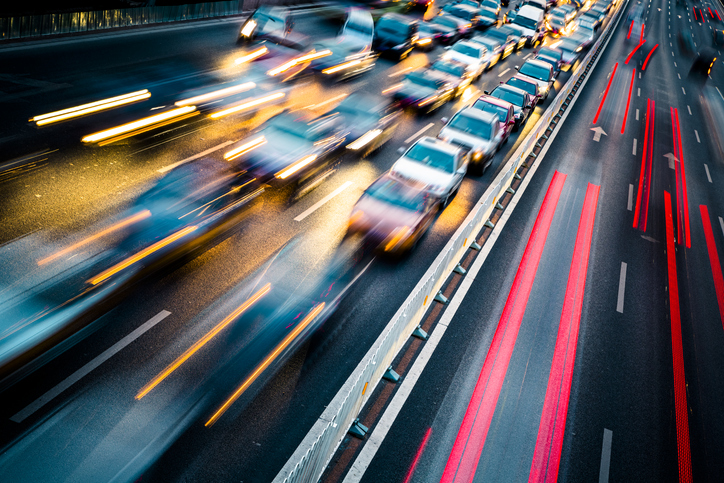Table of contents:
- Hawaii Car Transport extends our deepest condolences to those affected by the Hawaii fires
- Levels of fire damage to vehicles
- The cost of car fire damage repair
- My car caught on fire will my insurance cover it?
- Ways to save money on replacement vehicles
- Alternative methods of transportation in Hawaii
- How you can help the victims of the 2023 Hawaii wildfires

Hawaii Car Transport extends our deepest condolences to those affected by the Hawaii fires
Hawaii Car Transport would like to extend our deepest condolences and sympathies to those affected by the wildfires in Maui, Hawaii. We stand ready to assist in any way we can, from providing information to helping you find transportation solutions. We also stand in complete support of our shipping partner, Maston, and their efforts in shipping tons of emergency supplies to Maui in the last week. Our hearts are with all those affected by the 2023 Lahaina fire in Maui, and we are here to support our community in recovery and rebuilding.
Levels of fire damage to vehicles in Hawaii
There are different levels of fire damage to vehicles during an external fire. Some cars might just be cosmetically damaged, meaning there might be damage to the vehicle’s exterior. The damage could also be more severe and affect the interior of the car and/or the engine. In the case of more severe damage, it is much more likely that your car be declared a total loss.
Here are the different levels of fire damage that your vehicle could have sustained in the Hawaii fires:
- Minor – Minor damage to a vehicle from the Hawaii wildfires can include things like paint discoloration and melted trim.
- Moderate – Moderate to a vehicle from the Hawaii wildfires can include engine and wiring damage.
- Severe – Severe to a vehicle from the Hawaii wildfires is when the vehicle is considered to be totaled or unsalvageable.
The cost of car fire damage repair in Hawaii
The cost of repairing damage to a vehicle sustained in the wildfires could range from $500 for minor damage such as paint chipping up to and including the vehicle’s entire value if the car is deemed totaled. Moderate fire damage to the car will cost around $2,000 to $5,000. This can include damage to mechanical components inside the engine. If you find yourself with a big bill for repairing or replacing your vehicle after the Maui fires, consider seeing if the loss will be covered under your car insurance and/or if you qualify for FEMA assistance related to your car.
My car caught on fire; will my insurance cover it?
In the case of a natural disaster such as a wildfire, your car insurance will usually cover a “total loss” for vehicles covered by your policy as long as you have comprehensive coverage. Comprehensive insurance coverage of your vehicles ensures they are covered if lost to circumstances completely out of the driver’s control, such as if the car is destroyed in a flood, riot, or wildfire.
A pre-incident value is determined for your car to qualify as a total loss in Hawaii. In this case, the value of your car the day before the wildfires began. This includes the model, make, and year of the car as well as its accident/repair history and mileage. Then, the cost of repairs is added to the salvage value. If that number exceeds the pre-incident value of the car, it is deemed a total loss in Hawaii. Suppose this is the case, depending on your insurance provider and level of coverage. In that case, you will receive a check for all or most of the pre-incident value.
The only times that car insurance will not cover the full pre-incident value will be if your policy has a defined maximum payout number in the policy that is lower than the pre-incident value and/or if you have not yet covered your deductible for that year. Either way, if you plan on filing an insurance claim for your car, file a claim as soon as possible because insurance agencies will be extremely busy with claims from Maui.
How FEMA disaster aid deals with damaged or destroyed vehicles
If you are eligible for FEMA aid, you can use some of this towards the cost of repairing or replacing your vehicle if insurance did not cover some or any of the damage or replacement. According to the FEMA website, as long as you get receipts, between $250 and $4,000 worth of aid may be available for use with regards to vehicles damaged or totaled in natural disasters.
There are several conditions included in this FEMA provision provided under the Other Needs Assistance program of Individual Assistance, and that includes:
- The damage to the car must have happened in an area specified under the federal disaster declaration. President Biden has approved federal disaster assistance for the state of Hawaii as of August 8, 2023.
- The car has to be owned by the person applying for aid, and documentation must be provided.
- Receipts or cost estimates must be provided.
- The damage must make the vehicle inoperable and/or unsafe to drive.
- Cosmetic damage such as paint damage or dents will not be covered.

Ways to save money on replacement vehicles if your car was lost in the 2023 Hawaii fires
If your insurance did not pay out what you had hoped you would get for a new car, there are ways that you can buy a replacement vehicle without breaking the bank. You can always buy certified preowned vehicles or any used car with a clean history and verifiable reports to prove it. You can also pay cash for any car, new or used, as some cash discounts may be available. Finally, don’t forget to comparison shop both online and at physical car dealerships in Hawaii because some sellers or dealers may be selling for less than others.
Alternative methods of transportation in Hawaii
Suppose you need to get around in Hawaii and are waiting for your insurance payment for the loss of your vehicle or for your old car to be repaired from the damage it sustained in the fire. In that case, there are several ways to do this. Many of these alternative methods may be limited in the coming weeks in Maui, especially in the most heavily impacted areas of the island. If you have sought shelter in other areas of Maui or on another island, alternative methods of transportation in Hawaii in 2023 include:
- Taking the bus – There are several buses that run throughout the Hawaiian islands. You can find specific bus information on this Hawaii bus schedule site.
- Taking a shuttle – For shorter trips along busier routes in Hawaii, several shuttles also operate daily.
- Using a rideshare app – Uber and Lyft are among several rideshare apps available for use in Hawaii. Typically, rides are much easier to come by in more populated areas.
- Renting a car or moped – If you can spare the expense, you can also choose to rent a car or moped from a provider such as Avis. There is also a car rental app called Touro in which you can rent cars from individuals, and you may even be able to have the car delivered through this app.
How to obtain a new vehicle title in Hawaii if your title was lost in a fire
Suppose you lost your vehicle title in the Maui wildfires. In that case, you will not be able to prove ownership of your vehicle, which you will need to do even if the car was also lost in the fire for insurance and/or if you plan on applying for FEMA aid for the vehicle. Thankfully, you can get another copy of your vehicle title relatively easily.
To get a new copy of your vehicle title in Hawaii, do the following in order:
- Get all your vehicle info together in one place, including:
- The Vehicle Identification Number (VIN)
- Make & model
- Year
- License plate number
- You will then need to fill out this form if your residence is in Maui County.
- Get that form notarized.
- Be ready to pay the $10 fee at the DMV.
- Have your ID ready with you when you go to the DMV.
- Submit the paperwork and payment at your closest operational DMV.

How you can help the victims of the 2023 Hawaii wildfires
Again, Hawaii Car Transport wishes the best to all those impacted in Maui and Hawaii and that all recovery efforts go as quickly and smoothly as possible. If you would like to help those affected by the 2023 Maui wildfires, you can donate to the Red Cross efforts by clicking this link or you can text the word REDCROSS to 90999 to make a $10 donation.














